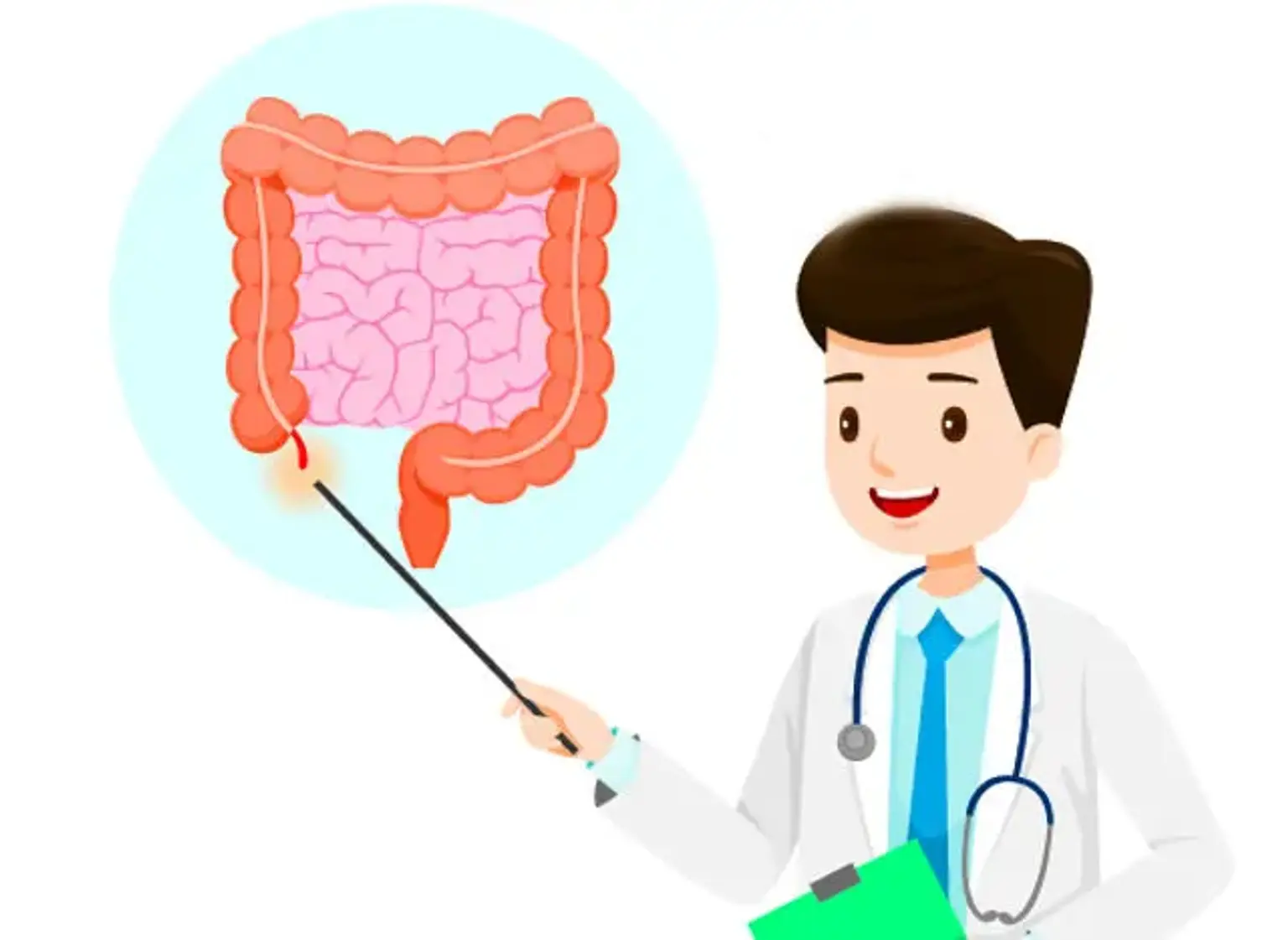Introduction
Understanding Appendicitis
Appendicitis is the inflammation of the appendix, a small pouch attached to the large intestine. While the appendix has no known essential function, its inflammation can lead to severe complications if untreated. Appendicitis typically presents as an urgent medical condition, requiring immediate attention to prevent life-threatening outcomes like a ruptured appendix. This condition is one of the most common causes of emergency abdominal surgery worldwide, affecting people of all ages.
The symptoms of appendicitis often start with mild abdominal discomfort, which gradually intensifies. Understanding these signs is crucial, as early diagnosis and treatment significantly improve outcomes.
Appendicitis: A Global and Korean Perspective
Appendicitis occurs globally, with millions of cases reported annually. In Korea, the healthcare system’s efficiency and access to advanced technology have made it a popular destination for appendicitis treatment. Korean hospitals, known for their cutting-edge surgical techniques and compassionate care, are especially trusted by international patients seeking quick recovery and minimally invasive solutions like laparoscopic appendectomy.
Symptoms and Diagnosis
Recognizing Symptoms of Appendicitis
The primary symptoms of appendicitis include sudden pain starting around the navel and shifting to the lower right abdomen. This pain often worsens with movement, coughing, or sneezing. Other symptoms may include nausea, vomiting, fever, and loss of appetite.
In some cases, patients report a mild increase in symptoms over several days, while in others, the condition escalates rapidly. Early signs of appendix inflammation, such as tenderness and localized pain, should never be ignored, as delays in treatment can lead to a ruptured appendix, causing severe complications like peritonitis.
